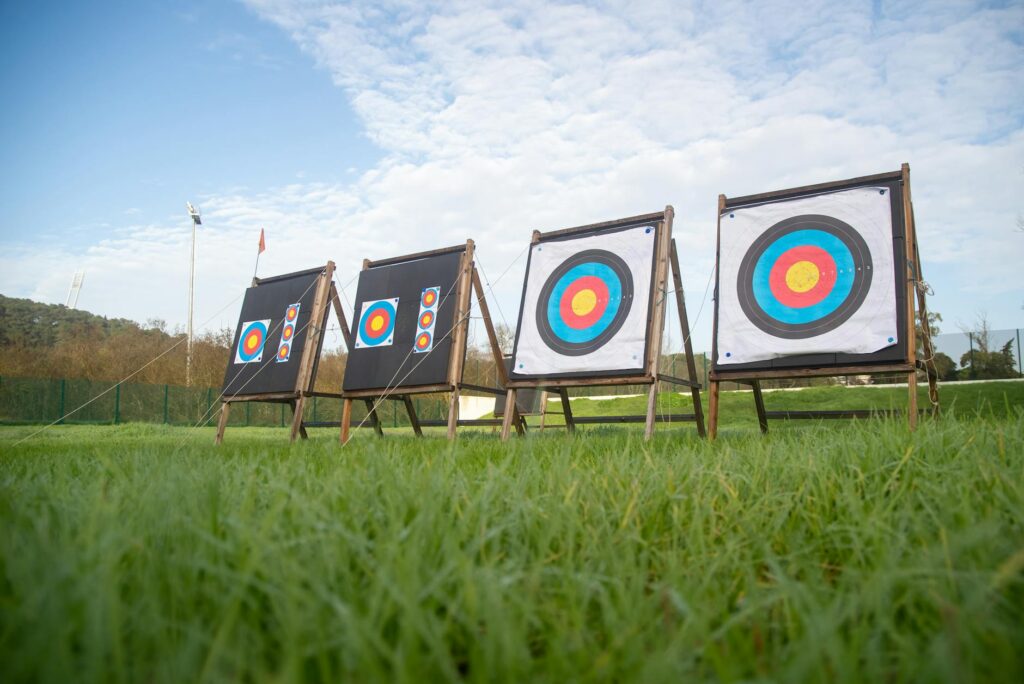What is goal alignment techniques?

What is goal alignment techniques?
In today’s fast-paced world, understanding goal alignment techniques is crucial for anyone looking to enhance productivity and foster personal development. Whether in a professional setting or personal life, aligning goals can significantly impact motivation, satisfaction, and overall performance. But what exactly are these techniques, and why should we care about them?
Understanding Goal Alignment Techniques
Goal alignment techniques are strategic methods to ensure that individual goals resonate with broader organizational objectives or personal values. This alignment is essential for various reasons, including:
- Clarity: They help clarify what needs to be achieved.
- Direction: They provide a roadmap to reach those achievements.
- Motivation: When goals resonate with personal or organizational values, motivation tends to increase.
Aligning goals means that everyone – whether in a team or as an individual – is moving in the same direction, making it easier to achieve desired outcomes.
The Purpose of Goal Alignment
One of the primary purposes of goal alignment is to foster a sense of purpose. When your personal goals align with your organization’s objectives, you’re more likely to feel satisfied and engaged. This connection creates a solid foundation for personal fulfillment and team collaboration. According to Forbes, it helps individuals understand their role within a larger context, boosting their motivation and efficiency.
Benefits of Goal Alignment Techniques
The advantages of aligning goals are numerous:
- Improved Focus: Goal alignment narrows your focus to what truly matters, reducing distractions.
- Increased Motivation: When individuals see their goals as part of a larger purpose, motivation levels rise.
- Enhanced Collaboration: Team members work together more effectively when their goals are aligned, leading to better teamwork and results.
By embracing these techniques, individuals and organizations can cultivate a thriving environment conducive to growth and productivity.
Popular Goal Alignment Techniques
Several techniques can be employed to align goals effectively:
SMART Goals
The SMART criteria stand for Specific, Measurable, Achievable, Relevant, and Time-bound. This framework helps individuals and teams create clear and actionable goals.
- Specific: Be clear about what you want to achieve.
- Measurable: Set criteria to measure your progress.
- Achievable: Ensure that the goal is realistic.
- Relevant: Align the goal with broader objectives.
- Time-bound: Set a deadline to create urgency.
Using SMART goals can simplify the goal-setting process and ensure alignment. For further exploration on goal-setting techniques, check out this resource.
OKR Framework
The Objectives and Key Results (OKR) framework is another practical tool for aligning individual and organizational goals. It involves setting clear objectives along with measurable results to track progress. This method encourages transparency and accountability, ensuring everyone is on the same page. Teams can regularly check their progress, which can lead to more consistent alignment of efforts across the organization.
Regular Check-Ins and Reviews
Regularly scheduled progress reviews are crucial in maintaining goal alignment. These check-ins allow individuals and teams to assess what’s working and what isn’t. Adjustments can be made based on feedback and changing circumstances, ensuring that everyone remains focused on the ultimate objectives.
Implementing Goal Alignment Techniques
Ready to start applying these techniques? Here are some actionable steps:
Identifying Personal and Organizational Values
Begin by identifying the core values that guide both you and your organization. Reflect on what truly matters to you and how it aligns with your work. Understanding these values will inform your goal-setting process and create a more meaningful connection to your objectives.
Creating a Goal Alignment Plan
A structured plan can help integrate goal alignment techniques into your daily routine. Here are some steps to consider:
- Define Clear Goals: Use the SMART criteria or OKR framework.
- Communicate: Share your goals with your team or relevant stakeholders.
- Set Regular Check-Ins: Schedule time to review your progress.
- Adjust as Needed: Be flexible to change goals that may no longer serve your larger purpose.
Challenges in Goal Alignment
While aligning goals offers many benefits, challenges can arise:
Misalignment in Team Goals
Different priorities among team members can lead to misalignment. For instance, if one team member focuses solely on personal achievements, while others prioritize team outcomes, friction may occur. To overcome this, open communication about individual and team goals is essential. Encouraging a culture of collaboration can mitigate these issues.
Balancing Personal and Professional Goals
Another challenge is finding balance. Often, personal and professional goals can clash. It’s important to recognize that both aspects can coexist harmoniously. Regular reflection on priorities can help maintain this balance, ensuring that neither side is neglected.
Conclusion
In conclusion, goal alignment techniques play a vital role in achieving both professional success and personal fulfillment. By aligning goals with values and organizational objectives, we open ourselves to improved focus, motivation, and collaboration. The journey toward effective goal alignment may come with its challenges, but the rewards are more than worth it. I encourage you to adopt these techniques and watch how they transform your work and life.

Photo by Kampus Production